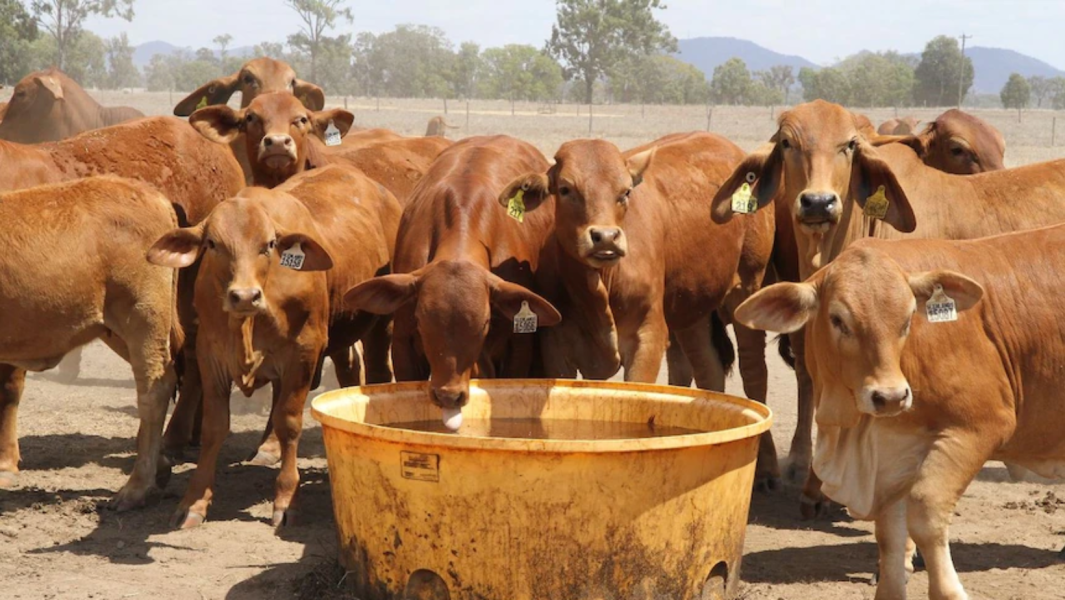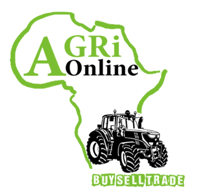Archives
- Home
- News
- Posts
- Agri Orbit
- Buying calves for a feedlot: What to look for
Buying calves for a feedlot: What to look for
- Agri Orbit
-
Jul 27
- Share post

Since 2020, the Department of Animal Science at the University of Pretoria has been offering BScAgric Animal Science students the opportunity to participate in a feedlot challenge. During the academic year, final year BScAgric Animal Science students are taught that many aspects determine either the success or the failure of a feedlot. These aspects encompass everything from calf selection and feeding scientifically formulated feed, to animal health, transport and proper feedlot management.
Why weaner calves?
Due to high and volatile input costs and small profit margins, it is imperative to manage all these aspects to ensure a successful feedlot. Consequently, calf selection is one of the most important factors that determine the outcome of a feedlot operation. The genotype and phenotype of the cattle are important because one cannot feed the wrong animal right. There is more variation within breeds than among breeds, which means you will also encounter runts. Buying too many of these runts will make it more difficult to turn a profit.
Weaned cattle are bought and first backgrounded until a certain weight is reached before these animals enter the feedlot. The reason for feeding young animals is to take full advantage of their most efficient stage of growth and to assist them in reaching their full growth potential. By feeding younger animals an energy- and protein-rich diet, consumer-favoured carcasses can be produced in a shorter period, thereby reducing the feedlot’s carbon and water footprint.
What to look for?
There are a few things to look for when deciding which calves to buy. There is a common approach which is easier to remember in Afrikaans – the 3Bs approach, which is ‘bene, bek en boude’ (legs, mouth and hindquarter).
A calf’s structural soundness must be evaluated first, and it should be able to walk with ease. Although cattle don’t walk particularly far in a feedlot, they still need to get to the feed bunk to consume feed, and then get to the water trough.

In the feedlot, cattle must eat as much as possible, which means that the mouth must not be deformed. It should not be twisted or have an excessive over- or underbite since this would make eating more difficult. No other deformities should be present.
The structural build and maturity type of the cattle are important since this influences the amount of muscle the calf can gain. A metabolic type is preferred over a respiratory type. A respiratory type is a thin, long-bodied, tube-shaped animal, while metabolic type cattle look more like European cattle. They are stocky, box-shaped and heavy-bodied. The shape of the hindquarter is a good indication of how much muscle may be gained in this area. The further apart the pin bones (the bones one can see at the tail), the better as this increases the surface area for muscle development.
The gluteus muscles should visibly stretch far down the leg and attach just above the hock. Furthermore, these muscles should be well-developed and round. Buy animals with broad heads and broad chests since a broad head and chest means that the animal will have a broad body as well.
Selecting the best breed
There is no ultimate or best breed. Breeds that usually do well, and that are usually favoured by feedlots, are composite and crossbred cattle types. Composite breeds should exhibit a variety of favourable traits inherited from the different parent breeds. Traits such as good growth, hardiness, and good carcass characteristics are important. – Amelia du Preez, technical advisor, Devenish Nutrition





